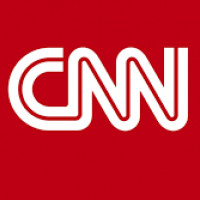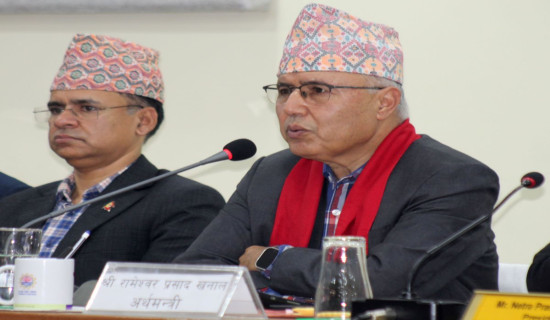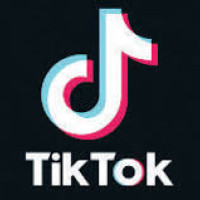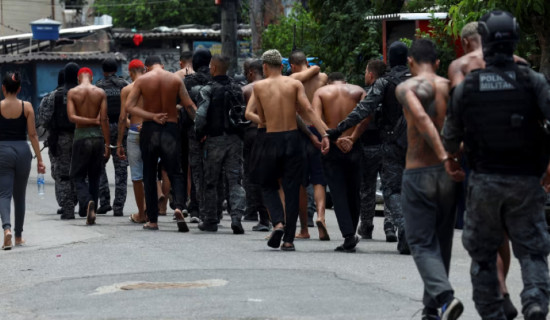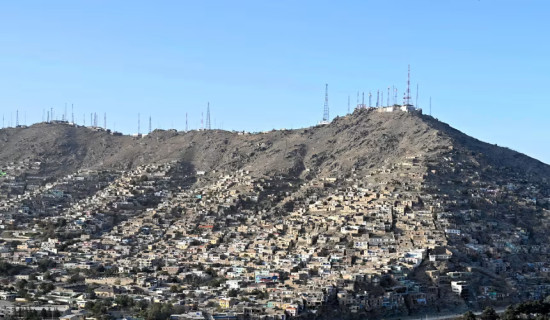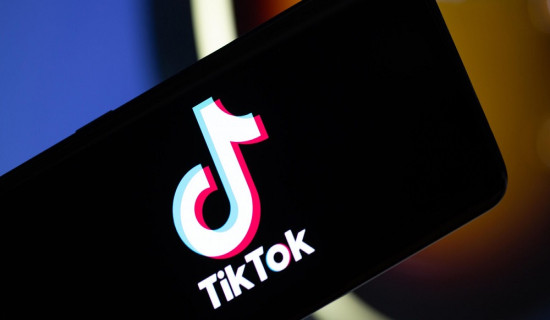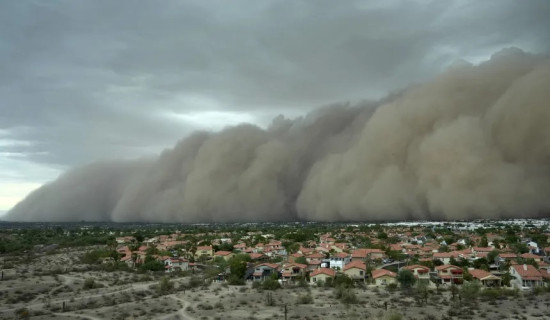- Friday, 28 November 2025
Europe just slashed tariffs on cars made by Tesla in China
By Hanna Ziady, CNN, LondonCNN, Aug 20: The European Union may have just given Tesla’s future sales in the region a boost by setting tariffs on its China-made vehicles considerably below those imposed on rival electric carmakers.
The high-profile decision comes two months after the EU hiked tariffs on all electric cars imported from China, citing “unfair” state subsidies that unduly benefited the country’s electric vehicle makers at the expense of European manufacturers.
Tesla, which has a factory near Berlin but exports many of the cars it makes in China to Europe, had requested that the EU recalculate its rate, initially set at 20.8%.
On Tuesday, the European Commission, the EU’s executive arm, set that rate at 9%.
That applies on top of the existing EU duty of 10% on all EV imports, but it is still well below the additional tariffs of between 17% and 36.3% levied on other Chinese automakers.
The European Commission said the tariff reflected the “level of subsidies” Tesla received in China. “The Commission verified the information during (a) visit in China and conducted the same checks as of the other sampled Chinese exporting producers,” it added in a statement. CNN has contacted Tesla for comment.
Gregor Sebastian, a senior analyst at think tank Rhodium Group, said he was “surprised” that Tesla’s additional tariff had been set at “only 9%.” He pointed to local government loans that the company has received in Shanghai, as well as subsidized batteries from Chinese battery maker CATL.
“But it’s tricky to make a strong argument here without seeing all the inputs and methodology the Commission used,” he added.
The additional duty is “still negative” for Tesla, but could give the carmaker “some breathing room” relative to SAIC, currently its major competitor in Europe, he told CNN. “(SAIC) is really going to struggle.”
The Chinese state-owned carmaker, which owns the iconic MG car brand, has been hit with an additional 36.3% tariff, reserved for “non-cooperating companies,” according to the Commission.
Geely, which owns Sweden’s Volvo, has been hit with an additional 19.3% tariff. And cars made by BYD — which is vying with Tesla to be the world’s biggest seller of battery EVs — are subject to an additional duty rate of 17%.
These are slightly lower than the duties proposed in June following a more thorough investigation and input from the automakers, the Commission said.
Some Chinese companies in joint ventures with EU automakers may also benefit from lower duties — set at 21.3% — rather than automatically receiving the higher 36.3% rate.
Tesla versus BYD
After the initial EU tariffs took effect in July, Tesla hiked the price of its Model 3 in Europe by about 4%, or €1,500 ($1,666), to €42,490 ($42,177), blaming the additional duties.
Still, the Model 3 remains cheaper than the BYD Seal, according to George Whitcombe, an automotive research analyst at consultancy Rho Motion. “Now, with Tesla’s additional tariff being reduced… it will help the Model 3 remain competitive with other Chinese-made EVs in Europe,” he told CNN.
BYD, for its part, has not yet raised prices in Europe despite the hefty additional tariff.
“BYD has a much better ability to absorb these additional duties because production costs are much lower compared to their prices in Europe,” said Sebastian of Rhodium Group. He estimates that BYD could absorb an additional EU tariff of up to 45%.
The company could also ramp up exports of plug-in hybrid electric vehicles, which Tesla doesn’t make, as the tariffs apply only to battery EVs. And in future, BYD could escape tariffs altogether by making cars in Turkey for the EU market. Imports from Turkey are not subject to tariffs.
Regardless of higher tariffs, Chinese EV makers are unlikely to give up on Europe, which accounted for more than a third of their exports last year, more than the next five largest markets combined, according to Citi.
Chinese automakers enjoy a “large margin” on their sales in Europe, said Whitcombe.


